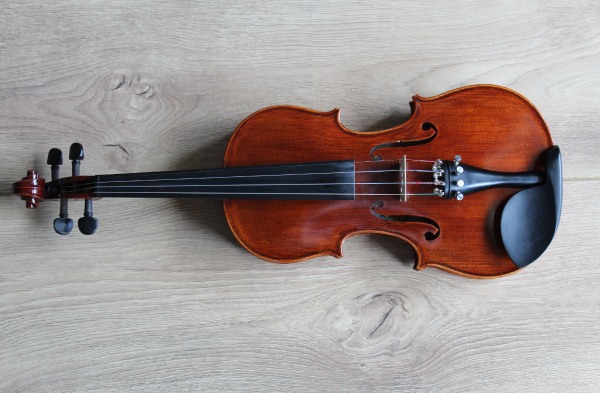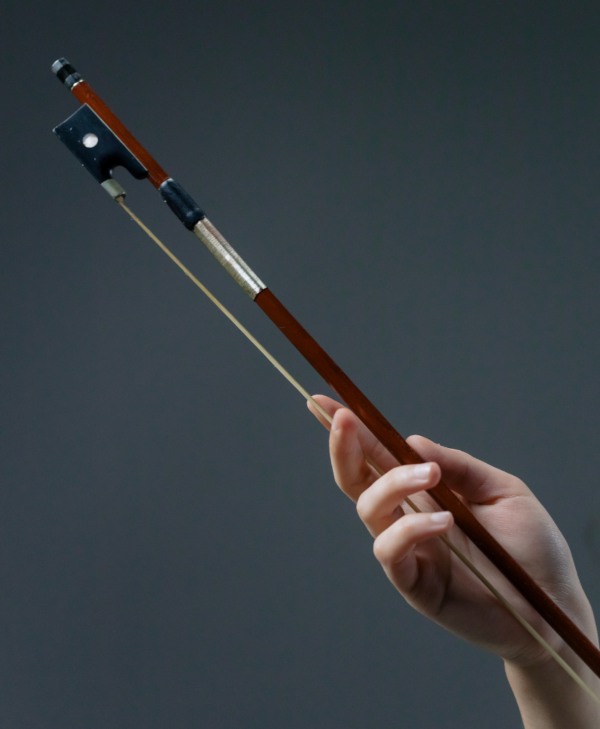Consordinis articles are written by musicians who independently research, test, and recommend the best instruments and products. We are reader-supported. When you purchase through links in our articles, we may earn an affiliate commission.
Violin playing is a skill that can be learned by anyone with some patience and practice. While there are many different ways to hold the violin and bow, there are some basic principles that all players should follow in order to produce the best sound possible.
Benefits of playing Violin?
Playing the violin can be a very rewarding experience. It can help you to relax and de-stress, and it can also be a great way to socialize and meet new people. However, before you can enjoy all of these benefits, you need to learn how to properly hold your violin and bow.
If your decision is to pick it up and learn some of the masterpieces, there are some things to consider if you are a beginner. The very first thing to master is handling the instrument itself which might look easy, but there are some rules to follow.
How to hold a Violin?

Start with the feet.
When you are first learning how to play the violin, it is important to start with the proper foot positioning. You should stand with your left foot slightly ahead of your right foot and your weight evenly distributed on both feet.
If you are right-handed, your left hand will be holding the bow and your right hand will be holding the violin. If you are left-handed, simply reverse these positions.
Once you have the proper foot positioning, you are ready to learn how to hold the violin.
The first thing you need to do is hold the violin in your left hand. The left hand holds the violin by its neck, placing the thumb in the space between the neck and scroll. The majority of the weight of the instrument should be supported by your left shoulder and neck. Your left hand should be positioned under the chin rest and your right hand should be placed on the bow.
It is important to keep your shoulders relaxed and your back straight while you are playing. That way you will be able to keep on playing way longer and more precisely.
The four fingers go over the strings, with the index finger placed over the string farthest from you (the E string). The other fingers go in order over the A, D, and G strings. The little finger may rest lightly on the E string or not touch it at all.
How to hold a violin bow?

Once you have the proper foot positioning and are holding the violin correctly, you are ready to learn how to hold the bow. Learning to handle this part of the violin is as important as the instrument itself since they the synchronization of those two parts is the key to success.
The right-hand holds the bow by its frog (the part that sticks out at the end of the bow). The thumb goes on the top side of the stick and rests gently against the wood. The first two fingers go under the hair, with the index finger pointing towards the scroll and the middle finger pointing towards the tip. The ring finger and little finger rest lightly on the stick, not gripping it.
Make sure that you are holding the bow at a 45-degree angle, with the point of the bow touching the string.
Different ways of holding a Violin Bow?
Again, there are many different ways to hold the bow, depending on what is comfortable for you. Some people like to hold the bow in the crook of their neck, while others prefer to hold it against their chest. Experiment with different positions until you find one that is comfortable for you.
When you are first starting out, it is important to practice holding the bow and violin in the correct position. With some practice, you will be able to produce a beautiful sound.
Tips on practicing holding the violin and bow:
-Start by sitting in a comfortable position with your back straight. You may find it helpful to use a music stand or something similar to support the violin.
– Practice holding the violin in your left hand and the bow in your right. Make sure that you are supporting the weight of the instrument with your thumb and first two fingers, and that your fourth finger is placed underneath the chinrest.
– Practice holding the bow at a 45-degree angle, with the point of the bow touching the string.
– Experiment with different gripes and positions until you find one that is comfortable for you.
– If you are using a shoulder rest, make sure that it is positioned correctly and that it is providing support for the violin.
– Practice playing simple tunes so that you can get used to holding the violin and bow correctly.
– Remember you are in an “unnatural” position while playing, so make sure to rest regularly to avoid back, neck, and shoulder pain.
If you found this helpful, you can take a look on best violin brands for beginners here, and find which one fits you best!
Now that you know how to hold the violin and bow, you’re ready to start playing!